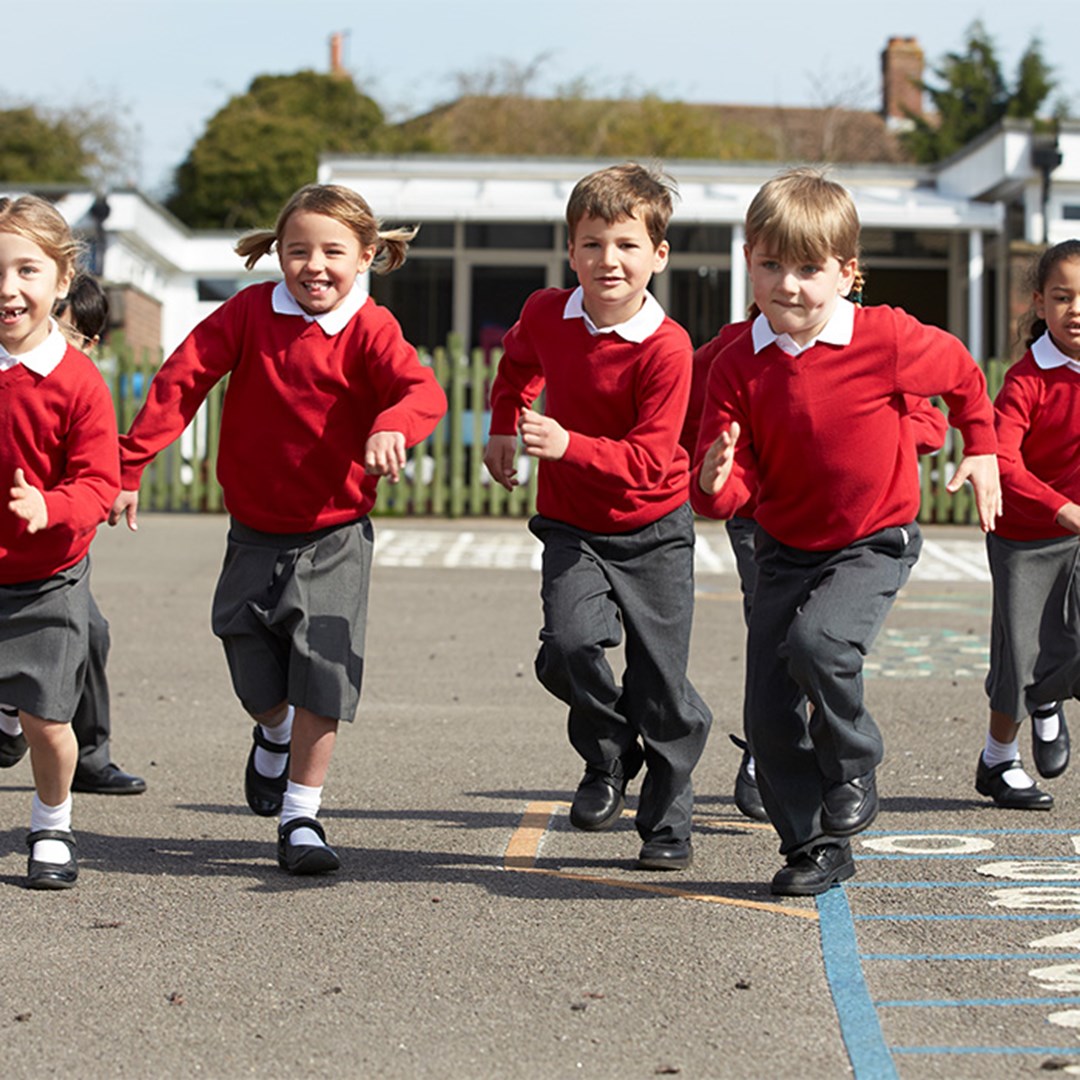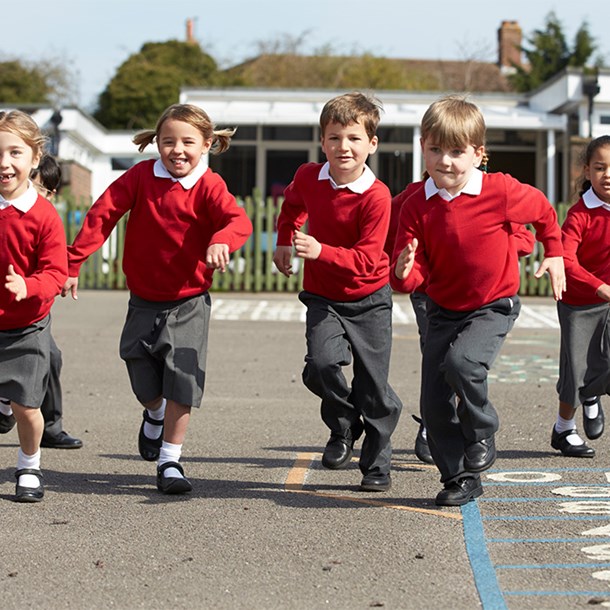Wellbeing is linked to improved academic achievement, enhanced mental health and responsible life choices
Some of the factors that make up wellbeing include:
- Being involved in supportive relationships
- Feeling that your life has meaning and purpose
- Feeling connected to others in your community
- Feeling a sense of control of your emotions
- Engaging in activities that are important to you.
As an educator, you want to ensure students are safe and happy throughout their time at school and beyond. Below are some ways to lay the foundations for student wellbeing and to collaborate with parents to build on and enhance these vital skills.
- Model strong, healthy and trusting relationships
- Teach social and emotional skills to build resilience and wellbeing
- Embed inclusive teaching practices to build a connected, cohesive and culturally safe school culture
- Provide opportunities for students to participate actively in their learning
- Make time for open communication with parents about their child
- Build positive relationships with community groups to share an understanding of student safety and wellbeing.
Mapping student wellbeing
The Australian Student Wellbeing Framework is informed by relevant national, state and territory frameworks and initiatives.
Find your state or territory framework, other national initiatives and browse international approaches to student wellbeing.
Visit the Independent Schools Council of Australia and the National Catholic Education Commission to learn more about their policies and approaches to student safety and wellbeing.

Wellbeing lesson plans
These lesson plans can be used to explore aspects of wellbeing with primary and secondary school students. Each lesson focuses on a specific social and emotional skill and is aligned to the Personal, Social and Community Health Strand Health of the Physical Education learning area, the General Capabilities and the elements of the Australian Student Wellbeing Framework.
The lessons are stand-alone and can be adapted to suit individual learning contexts.



